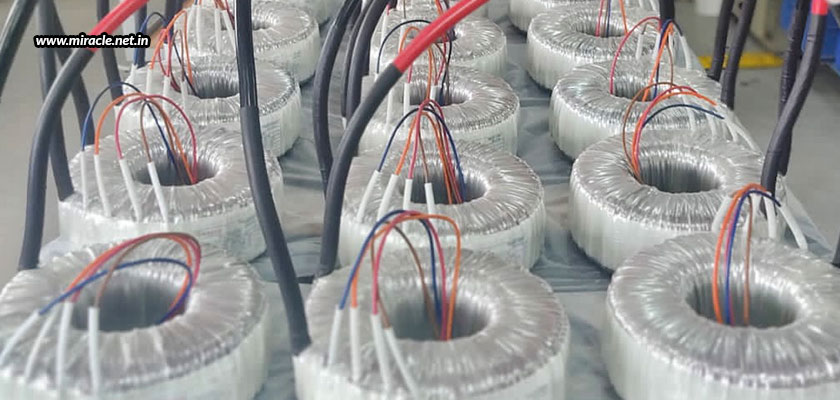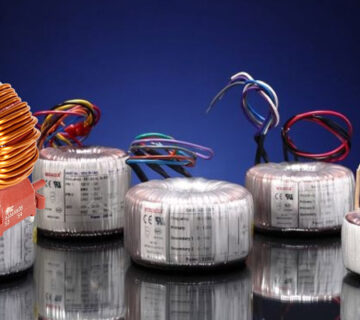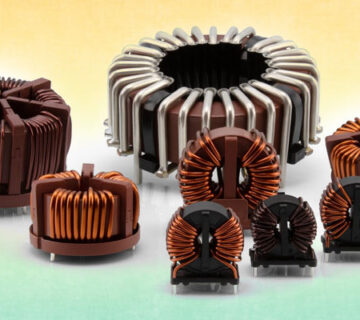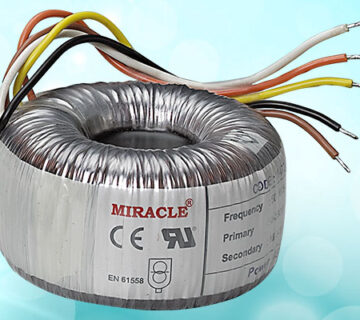Almost every industry, from basic manufacturing industries to critical healthcare facilities and testing laboratories, requires high-quality reliable transformers to keep their operations running safely and efficiently. Larger facilities require larger amounts of power, which means more dependable transformers to convert the energy coming from the power plant, into a form that can be used for the equipment.
But, in order to have the transformers do so effectively, businesses need to know how much power their particular transformers can give them. It is the transformer’s rating that provides this information. The rating, or size, is the transformer’s power level in kilovolt-amperes, denoted by kVA. You need to select a transformer with the correct kVA for your needs. If not, you may run the risk of damaging your valuable equipment. Seems difficult? But fortunately, it’s not as difficult as it sounds. In fact, sizing your transformer is relatively simple. You just need to use a simple straightforward formula to generate your kVA requirements, using the current and voltage of your electrical load. Let’s help you know how you can calculate the required kVA rating.
Calculating the kVA value
Transformers come in two basic ratings – volt-amperes (VA) and kilovolt-amperes (kVA). A transformer with a 100 VA rating can handle 100 volts at one ampere of current. Similarly, a transformer with a 1.0 kVA rating (1000 volt-amperes) can handle 100 volts at 10 amperes of current. To determine your appropriate kVA size, you need to make a few calculations, based on your electrical schematic.
There are two main measurements that you’ll need, that of the voltage (V) and of the current (I). Voltage is the electrical load that connects to the secondary winding, and current is the flow that the electrical load requires. Both these values can be determined simply by looking at the electrical schematic. Once these two values have been determined, you can then use them to figure out the load’s power requirements. To do that, you’ll need to multiple the voltage with the load, and then divide the number by 1000; hence, the formula being –
(V * I) / 1000
But, the number calculated here will be in kilowatts. So, this value needs to be converted into kVA (kilovolt-amperes). To do so, the calculated value will need to be divided by “0.8”. Now, why 0.8, you may ask. The reason is because starting a device generally requires more current than what is required for the functioning. To account for this additional current requirement, it’s wise to put a start factor into your calculation. And, a good rule of thumb here is to multiply the voltage with the amperage, and then multiply it by an additional start factor of 125% (which is the same as dividing it by 0.8). So, the formula becomes –
[(V * I) / 1000] / 0.8
The value received from the above calculation is the kVA value that you need. Now, most kVA ratings are whole numbers, mostly in the multiple of 5 or 10, such as 5 kVA, 10 kVA, 15 kVA, 150 kVA, etc. So, when you’ve calculated the value, you can then round it off to the nearest “higher” whole number to get your appropriate kVA rating. The most standard kVA values available for transformers are 3, 6, 9, 15, 30, 45, 75, 150, 225, 300, 500, 750, and 1000 kVA. However, if you start your transformer often, say more than once every hour, you then need a kVA even larger than your calculated size. And, if you are working with specialized loads, your kVA requirements may be even higher. Hence, for specialized applications, it is always wise to consult a professional for advice on the right value of kVA required.
Calculating the kVA value for three-phase transformers
One thing to note here is that the equation for three-phase transformers is slightly different than the single-phase general transformer as spoken of above. For three-phase transformers, once you have determined your voltage and current, you need to multiply the two values, further multiplying the value with a constant 1.732, before dividing the value by 1000. The number 1.732 is the square root of “three”, truncated to 3 decimal places, clearly being the right way to calculate the value for a “three” phase transformer. So, the formula for a three-phase transformer becomes –
(V * l * 1.732) / 1000
Where to find the perfect transformer?
No matter what your transformer size and type, you can always partner with Miracle Electronics to reap the benefits of high-performing, high-quality transformers. We provide a range of transformer products to keep your business operating smoothly. We also build custom-made transformers to meet your unique needs and specifications. So, whatever your industry, whatever your application, and whatever your requirements, even if you’re looking for toroidal transformers of higher kVA, we’re here to serve you with the finest quality big toroidal power transformers! What’s more? Every transformer manufactured at our premises are made of the best quality materials, and are inspected at every stage, which is why we proudly receive the standards of RoHS and REACH, thus making us the most reliable and genuine toroidal transformer manufacturers in India!




